Mid Night Club: Kings of Japan’s Street Racing
In the 1980s, during Japan’s economic boom and a surge of automotive innovation, a group emerged in Tokyo’s shadows and redefined street culture: the Mid Night Club. Known in Japanese as (ミッド ナイト クラブ Middo Naito Kurabu), this legendary group gained fame for their high-speed nighttime races on the Shuto Expressway (the iconic "Wangan"). The club became a symbol of unmatched skill, discipline, and a deep passion for high-speed driving, inspiring iconic movies and video games. In this article, we explore the origins of the club and how Rockstar Games rode their legacy into creating legendary racing titles.
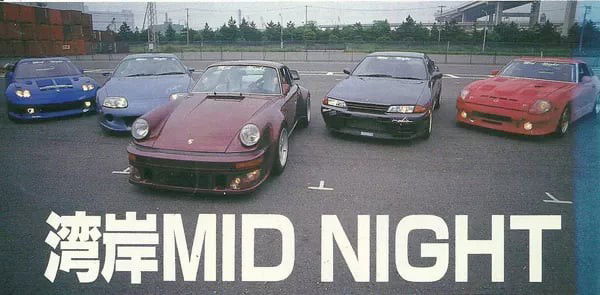
Origins: Birth of a Legend
The Mid Night Club was formed in 1982 by enthusiasts Yoshida, Kato, Terazawa, and Yamada. The group operated under strict ethical codes and guidelines, with secrecy and safety as its core principles. Members were forbidden from endangering innocent lives or compromising the safety of other drivers. Additionally, specific rules prohibited racing during daytime, in residential areas, or in heavy traffic conditions.
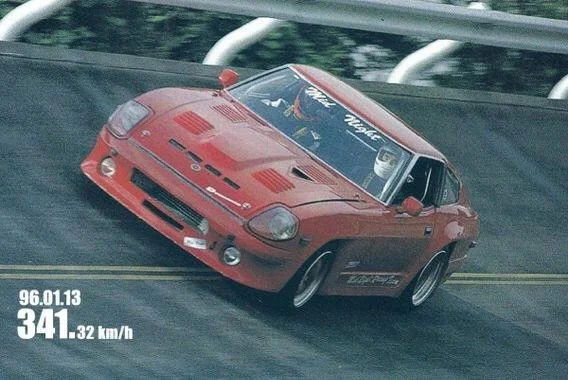
Unlike the boisterous Bōsōzoku biker gangs, the Mid Night Club focused on professionalism, emphasizing sharp driving skills and safety. The moniker Mid Night Club reflected their racing schedule: post-midnight, when roads were deserted and events could unfold with fewer risks.
The group raced in heavily modified cars capable of exceeding 300 km/h. Favorites included the Nissan Skyline GT-R, Toyota Supra, and Mazda RX-7, each equipped with turbochargers and custom aerodynamics designed for endless highway stretches. This wasn’t just racing... it was artistry elevated to an entirely new standard.
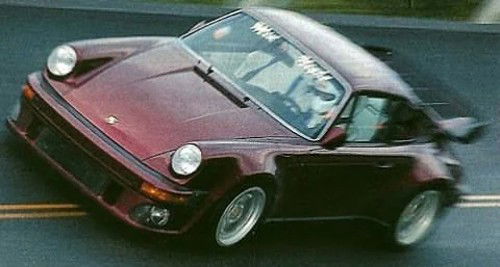
The Golden Era
By the early 1990s, the Mid Night Club reached the zenith of its popularity, amassing over 100 members and achieving legendary status as an urban myth across Japan. Their midnight races along the Wangan, Tokyo’s expressway, became iconic stories for high-speed street racing enthusiasts, sometimes lasting for hours.
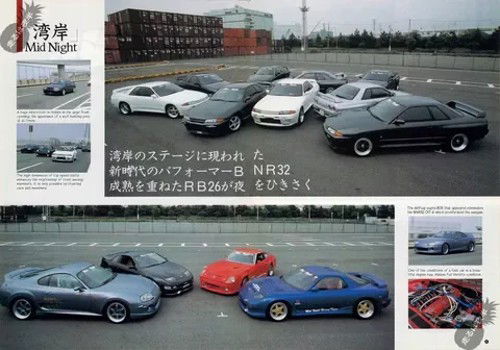
Several well-known tuners, including Smokey Nagata (founder of Top Secret Tuning), collaborated with members to transform their vehicles into machines that could rival European supercars. Beyond racing, the club held secret gatherings in parking structures, where members enthusiastically shared technical expertise.
As the authorities sought to crack down on illegal racing, the club resorted to creative secrecy. Meeting details, such as locations and timings, were communicated through cryptic messages published in classified ads, which only members could decipher.
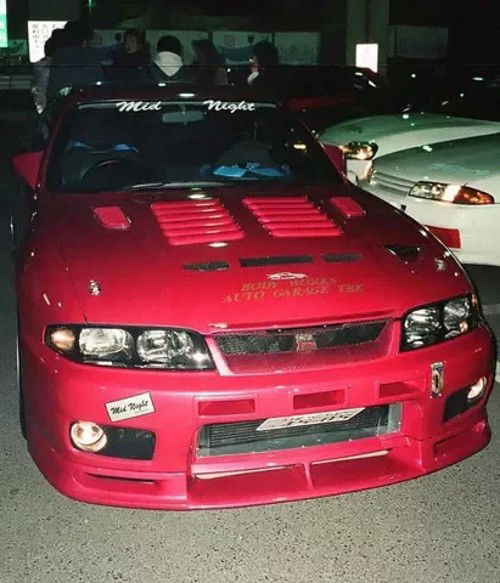
The Code of Honor
A critical aspect of the Mid Night Club’s reputation was its unwavering code of honor. This included strict anonymity, with members addressing one another only by first names. Sharing personal details, such as occupations, was strictly prohibited.
What truly set the Mid Night Club apart was their commitment to professionalism and safety. Members wore fireproof racing suits and professional-grade helmets, and every race was thoroughly planned to avoid reckless behavior. Their philosophy was straightforward: "Speed isn’t about recklessness, but achieving full command over car and road alike." This level of discipline even attracted professional racers who viewed the club as a serious and elite community.
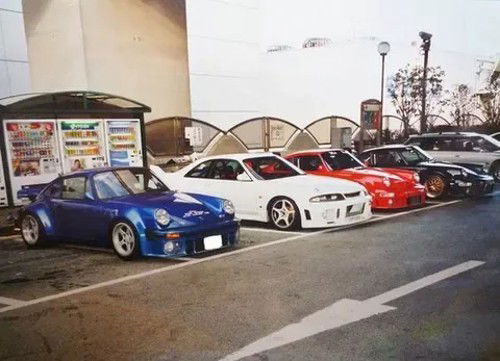
Becoming a full-fledged Mid Night Club member was no easy feat. Aspirants spent an entire year as apprentices, attending all meetings while proving their capability to sustain speeds of at least 260 km/h (160 mph) for extended periods, and all while maintaining flawless driving safety standards.
In terms of engineering, the cars used by the group were far beyond their time. Capable of maintaining extreme speeds for hours without overheating or damage, these vehicles showcased advanced tuning and durability.
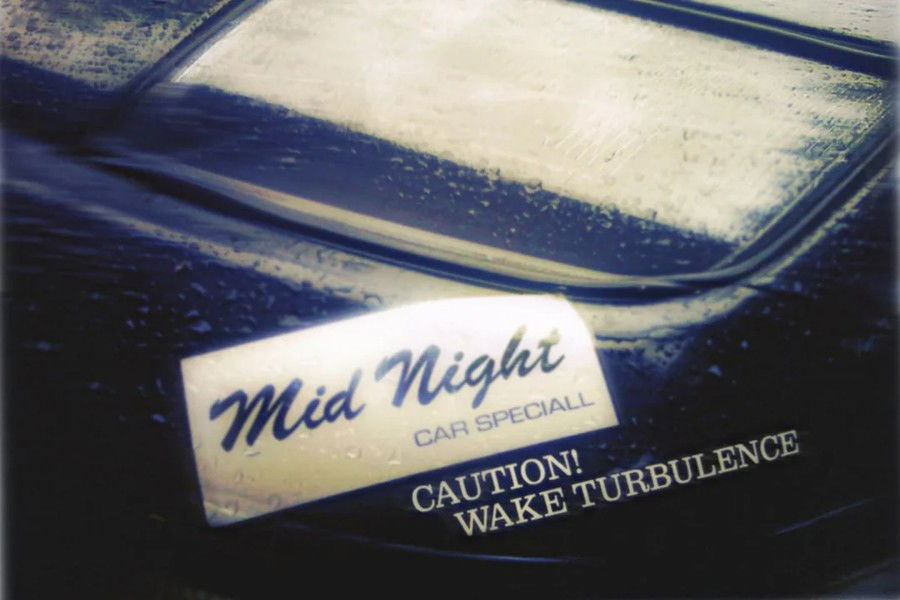
By the mid-1990s, tightening Japanese laws dramatically curtailed street racing activities, forcing nearly half the members to step away. Meanwhile, incidents involving reckless Bōsōzoku gang activity created increasing pressure. In one case in 1999, a drunken Bōsōzoku rider caused a major highway accident, resulting in multiple injuries and fatalities. These events pushed the Mid Night Club to cease their activities altogether, ending the heyday of high-speed runs on the Wangan.
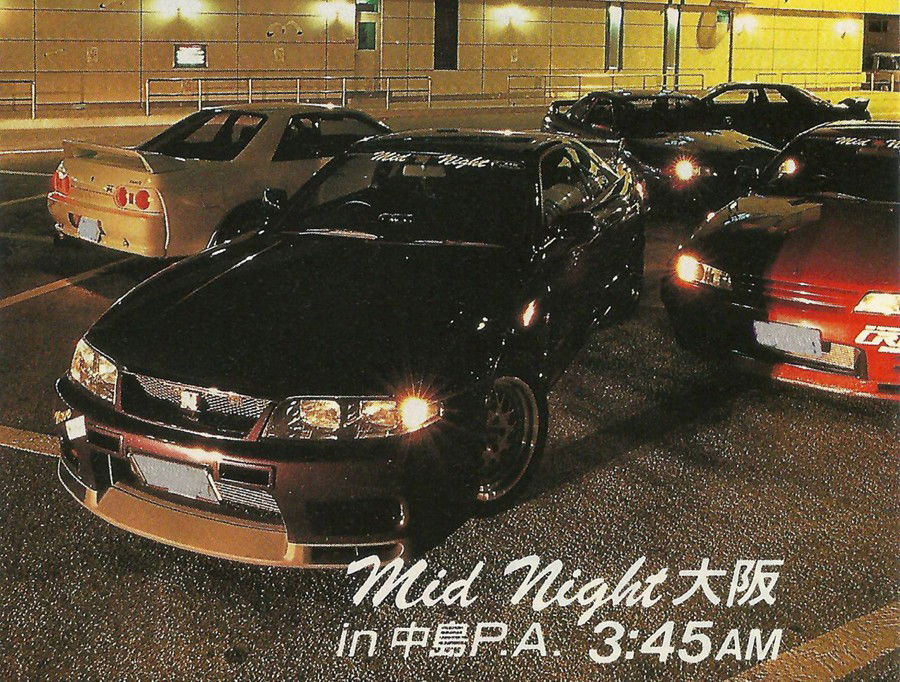
Decline and Dissolution
On one notable Friday night in 1999, at around 3 a.m., drunk Bōsōzoku bikers created chaos on the Wangan while members of the Mid Night Club were simultaneously racing nearby. The bikers’s actions forced club members to steer into high-traffic zones, resulting in a chain-reaction collision. Two Bōsōzoku bikers died in the accident, while six innocent bystanders suffered injuries.
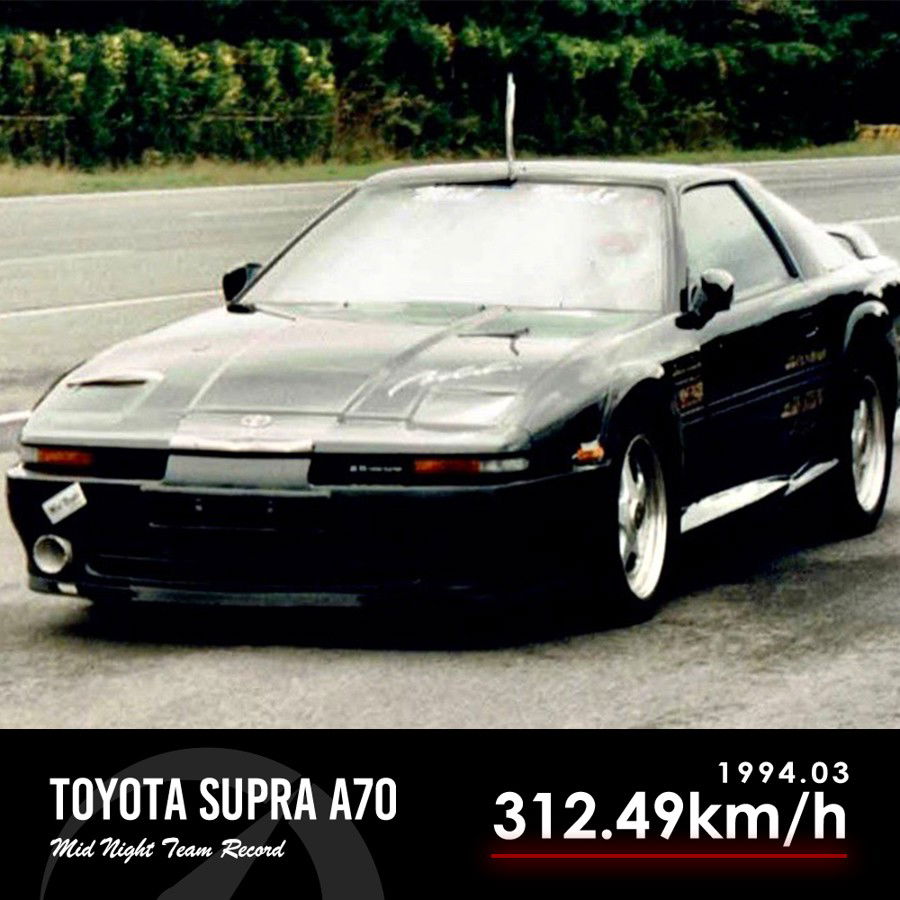
The group’s strict code of honor mandated that if any harm resulted from their actions, the Mid Night Club must disband. Even though the bikers were the direct cause of the accident, members of the club took their moral responsibilities to heart, deciding to dissolve the group entirely. This dedication to safety and accountability further solidified the Mid Night Club’s legendary reputation.
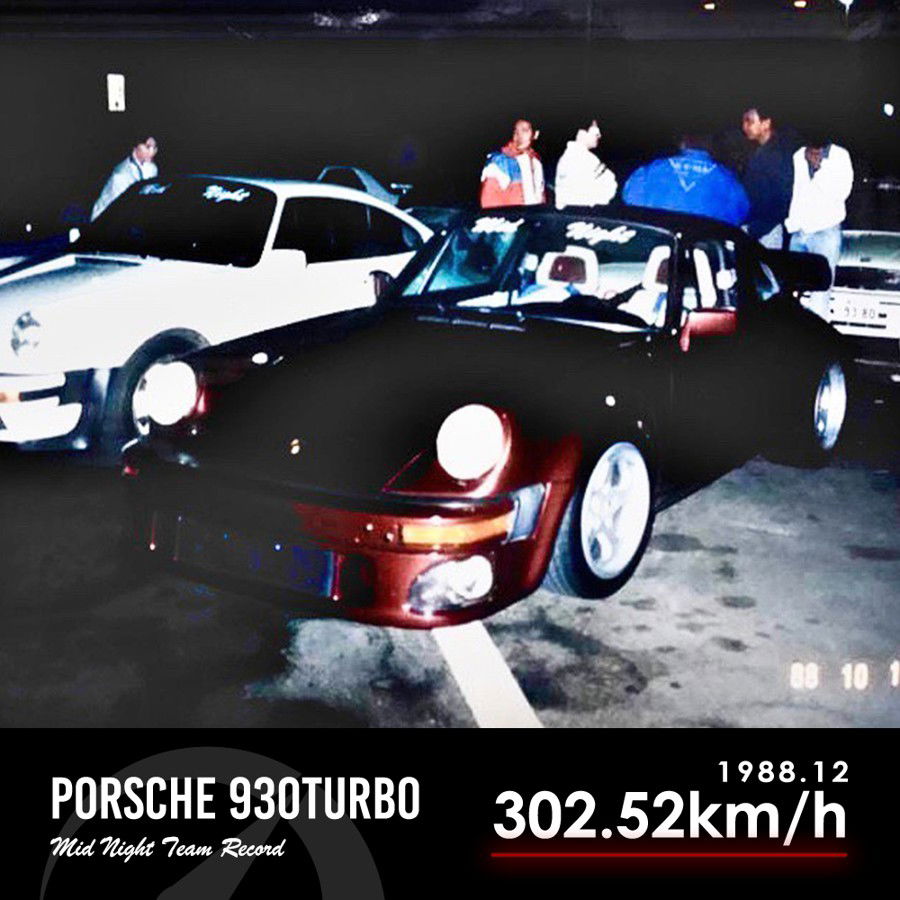
While some members transitioned into legal racing circuits or joined new groups like the MidNight Racing Team (MRT), none succeeded in fully recapturing the mystique and prestige of the original Mid Night Club.
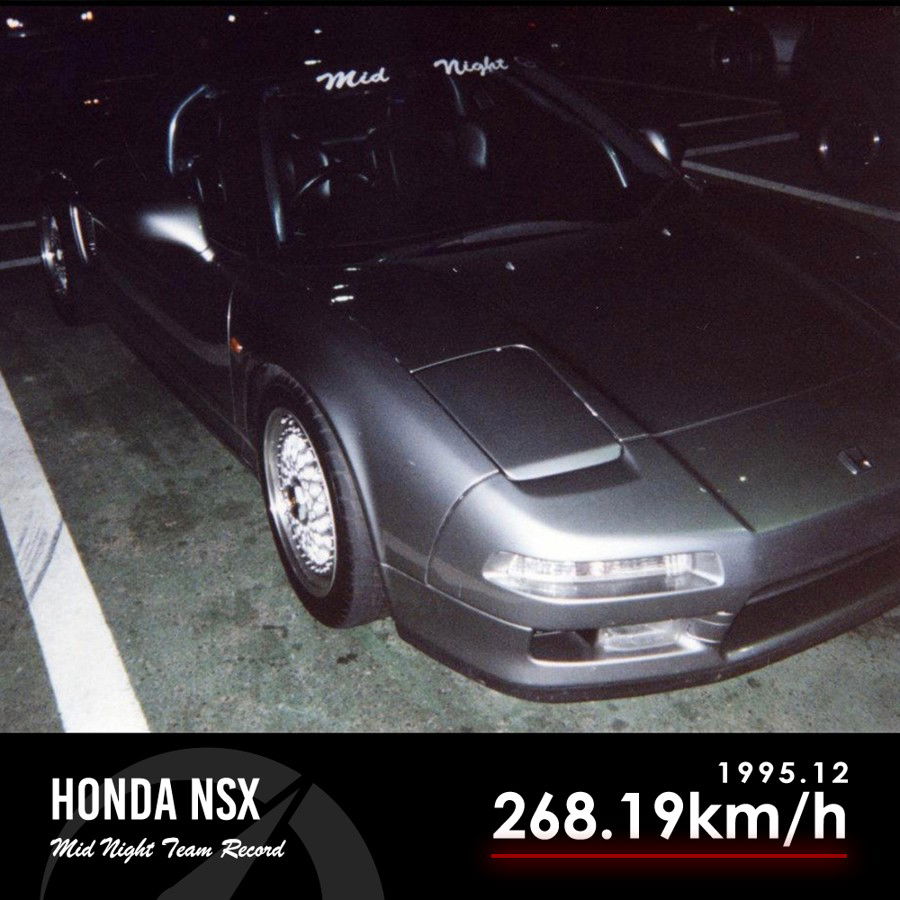
Rockstar and the Birth of a Racing Legend in Gaming
At the dawn of the 21st century, with street racing culture gaining global attention due to films like The Fast and the Furious, video games capitalized on the street racing phenomenon. Rockstar Games, recognizing this cultural momentum, introduced an urban racing game deeply inspired by the Mid Night Club. Combining high-speed thrills, open-world gameplay, and robust car customization options, Rockstar honored the spirit of the legendary Mid Night Club, bringing its influence to players worldwide.
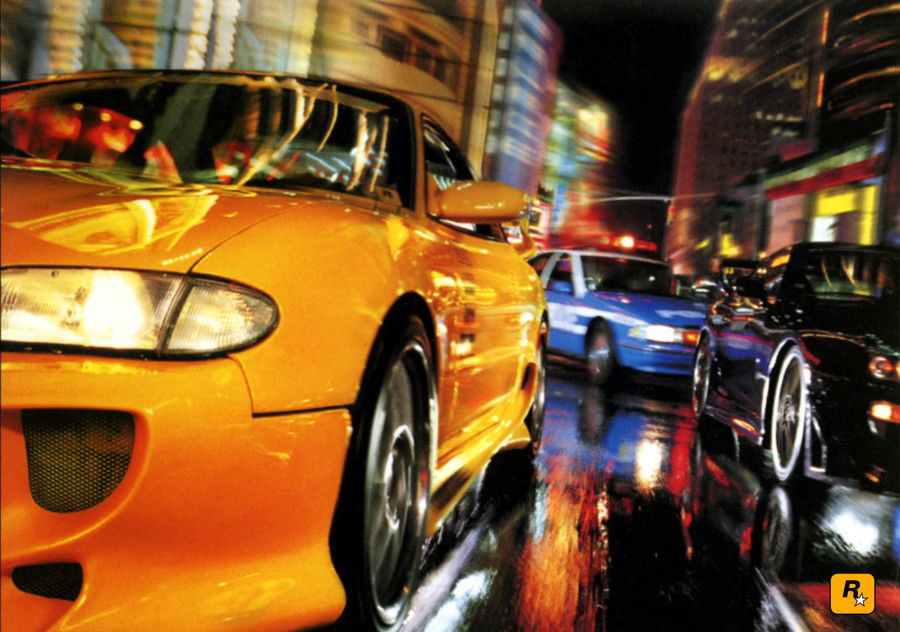
Midnight Club: Street Racing (2000)
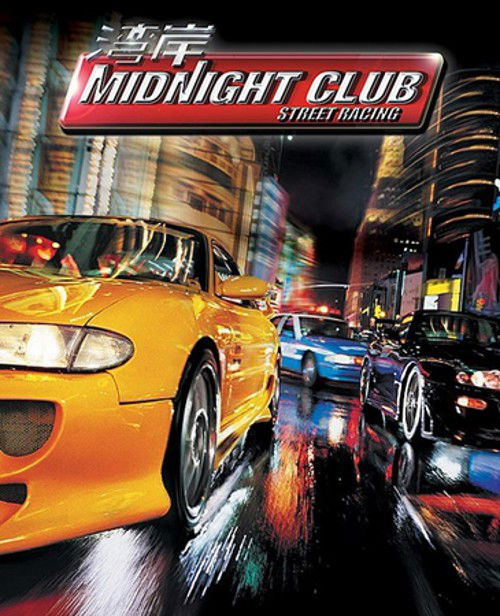
The first game in the series, Midnight Club: Street Racing, was launched in 2000 for the PlayStation 2. Developed by Angel Studios (later known as Rockstar San Diego), it was set in London and New York City. The game showcased illegal nighttime street races with up to eight players in split-screen mode. Its arcade-style gameplay, focused on high-speed bursts and shortcuts, quickly captured the attention of gamers and became one of the PS2’s first major successes.
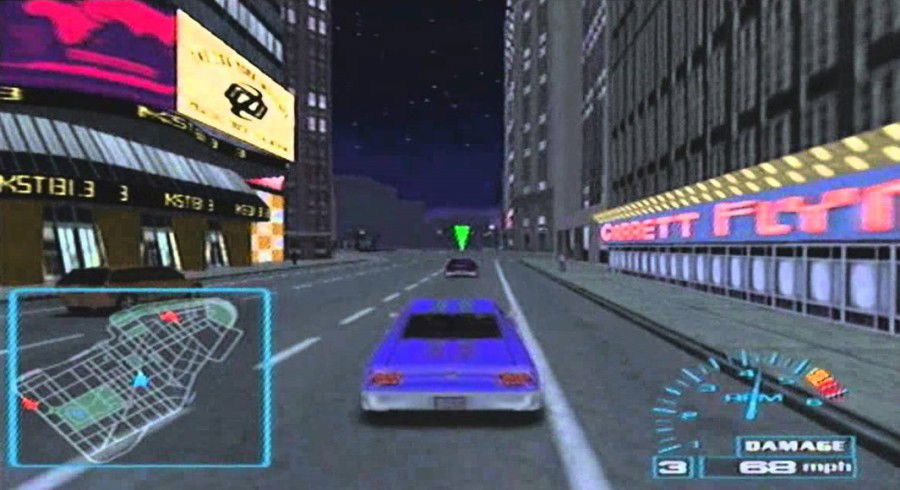
In 2001, an expanded version called Midnight Club: Street Racing - Special Edition was released for the Game Boy Advance, extending the reach of the franchise.
Midnight Club II (2003)
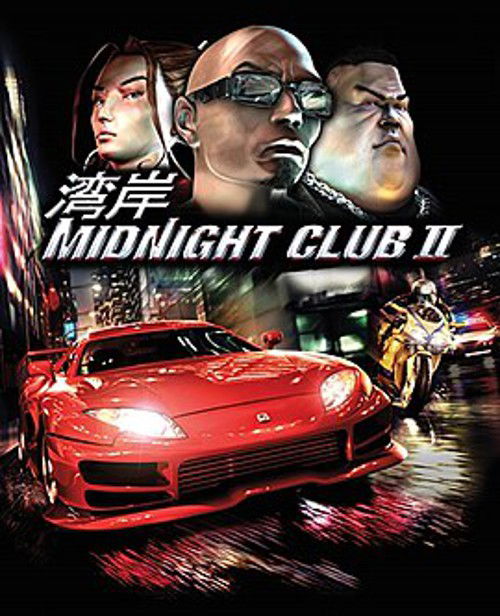
The sequel, Midnight Club II, brought significant improvements. Expanding its universe to three cities (Los Angeles, Paris, and Tokyo) the game introduced new vehicles such as motorcycles, turbo boost mechanics, and was among the first racing games to offer online multiplayer for consoles.
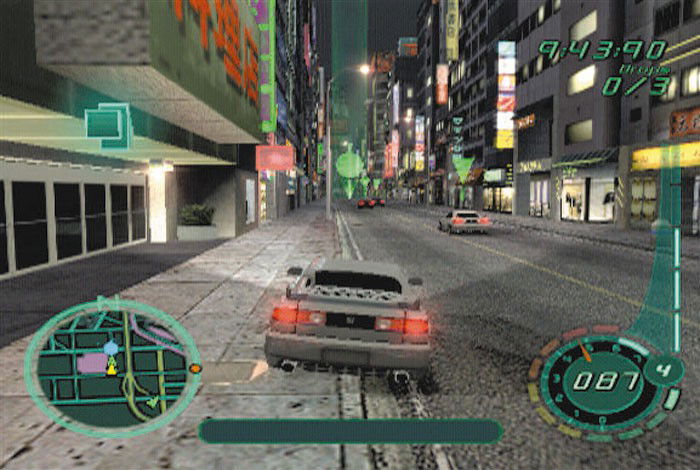
The game featured improved physics and a highly diverse soundtrack, with artists like Moby and Paul Oakenfold. Its success was amplified by the PC release, which included modding capabilities that extended the game’s replayability and delighted fans.
Midnight Club 3: DUB Edition (2005)
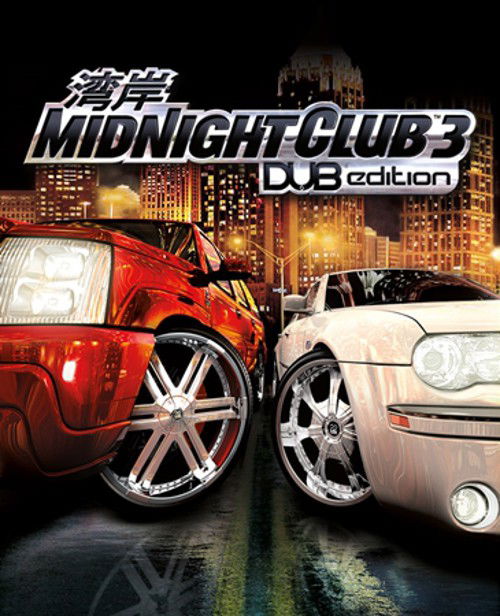
Often regarded as the best in the series, Midnight Club 3: DUB Edition (2005) collaborated with DUB Magazine to introduce an unprecedented level of customization. Players could modify nearly everything: from cars to motorcycles and even SUVs, using kits, custom paint jobs, and specialized wheels. This installment also added three new cities: San Diego, Atlanta, and Detroit.
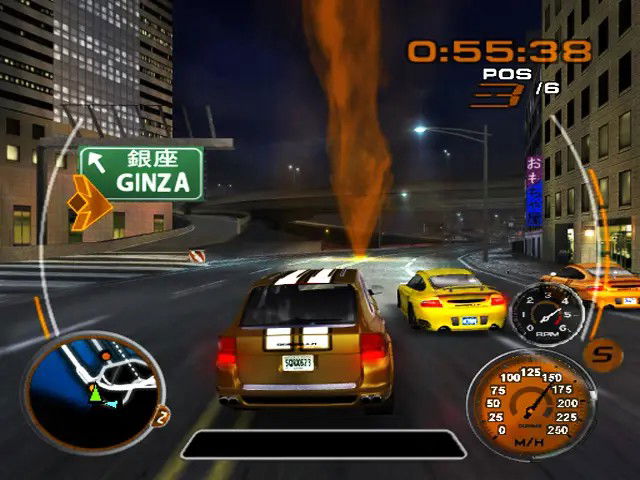
The game innovated further by implementing police chases, adding an extra layer of excitement. Players also enjoyed a vast licensed soundtrack featuring over 70 tracks, including genres like hip-hop, rock, and electronic music. The Remix version (2006) expanded the experience with Tokyo as a new location and additional vehicles.
Midnight Club: Los Angeles (2008)
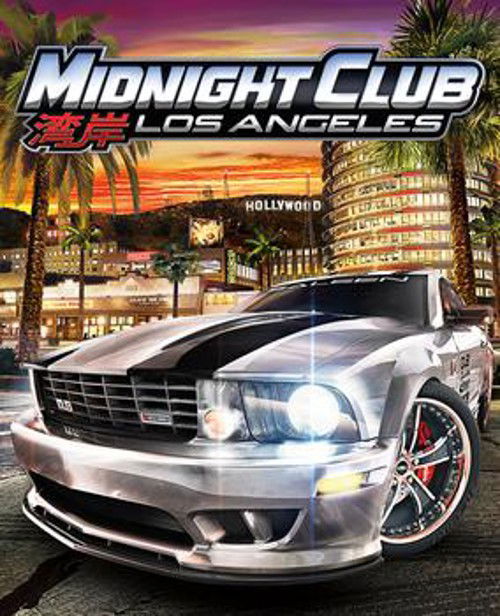
In 2008, Rockstar released Midnight Club: Los Angeles, developed using the RAGE engine (the same technology behind GTA IV). The game offered a stunningly detailed recreation of Los Angeles, complete with dynamic day and night cycles and variable weather conditions. Customization reached new heights, allowing players to tweak both performance and aesthetic aspects of their vehicles, while the career mode introduced compelling rival-driven narratives.
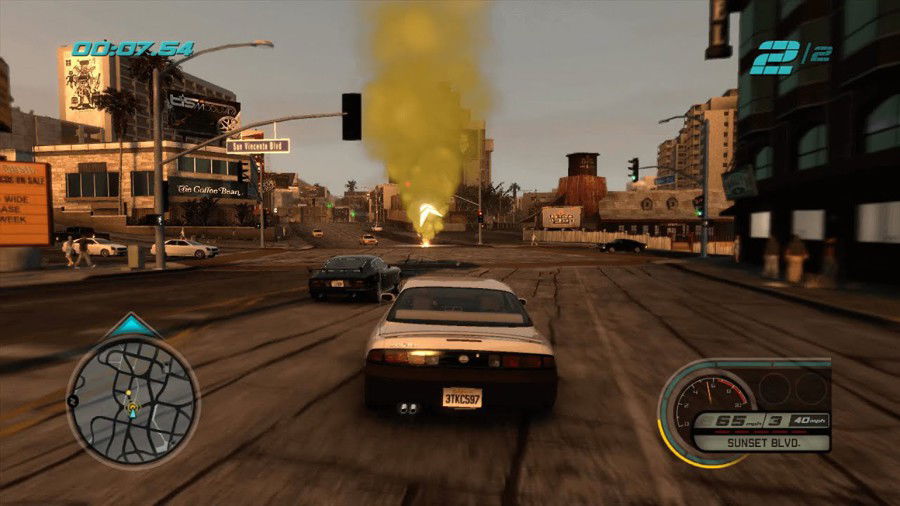
The Complete Edition (2009) included DLC expansions centered around South Central and added motorcycles. A PSP version, Midnight Club: LA Remix, further expanded the game’s universe. Despite widespread critical acclaim, this marked the end of the series, with fans left hoping for a revival.
The Legacy and Cultural Influence of the Mid Night Club
The Mid Night Club left an unforgettable legacy, influencing not only video games but also street racing culture worldwide.
The group brought attention to the rise of Tuning Culture, emphasizing the importance of performance upgrades in addition to style, inspiring car enthusiasts everywhere.
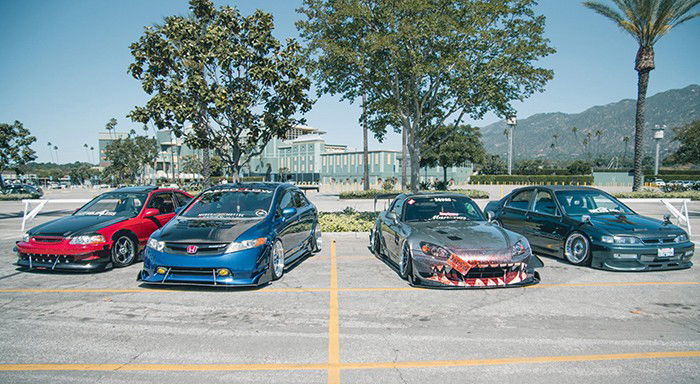
It also inspired Wangan Midnight, a Japanese racing manga series that debuted in 1990 and was compiled into 42 volumes.
A follow-up manga, Wangan Midnight: C1 Runner, was released between 2008 and 2012, followed by Ginkai no Speed Star from 2014 to 2015. The most recent installment, Shutoko SPL - Ginkai no Speedster, began in 2016.
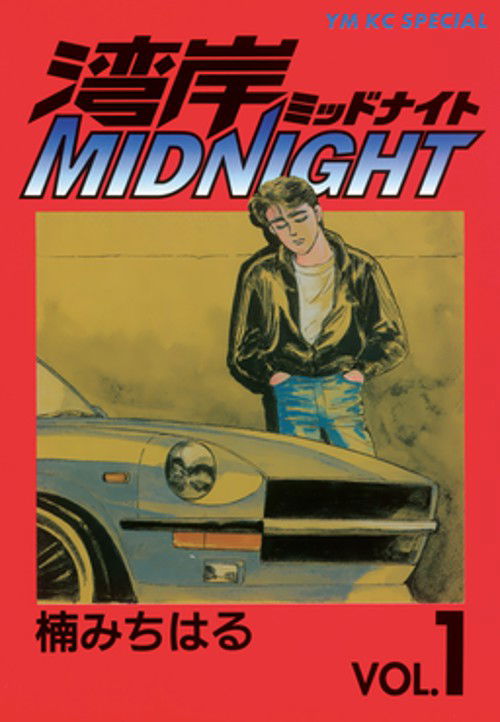
Additionally, the manga was adapted into live-action films and an anime series that aired in Japan from June 2007 to September 2008.
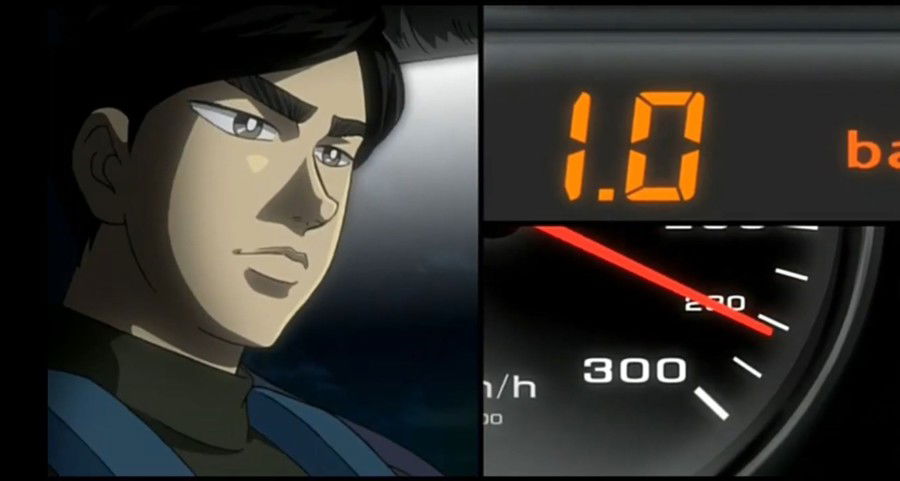
The club directly inspired video games such as Midnight Club and Need for Speed: Underground, introducing mechanics like open-world cities, car customization features, police chases, and online multiplayer modes.
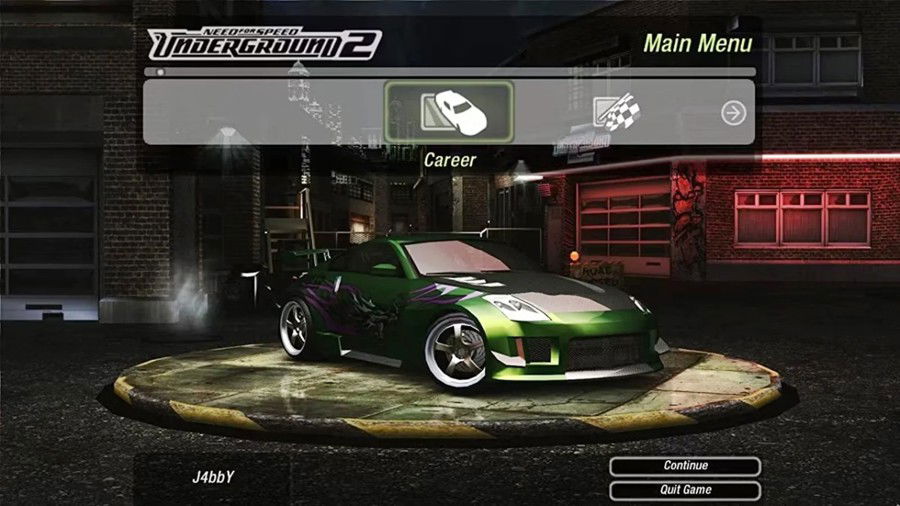
Conclusion
The Mid Night Club was far more than just a street racing group; it was a symbol of speed, discipline, and innovation. With its emphasis on technical precision and a strict code of ethics, it elevated street racing beyond a mere pastime and into an art form. While the group only lasted a little over a decade, its spirit lives on in every enthusiast of high-performance cars and speed.
The Midnight Club video game series also remains a beloved classic, celebrated for its bold arcade-style gameplay. Its chaotic, high-adrenaline experience is sorely missed, and fans continue to hope that Rockstar will one day revive its iconic neon-lit streets and nighttime highways.
As the original club’s motto proclaimed: "The night belongs to those who dare to master it."








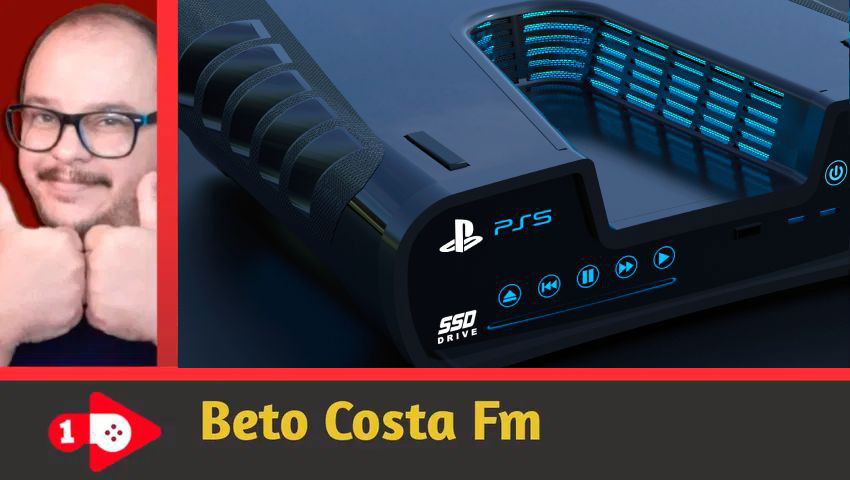
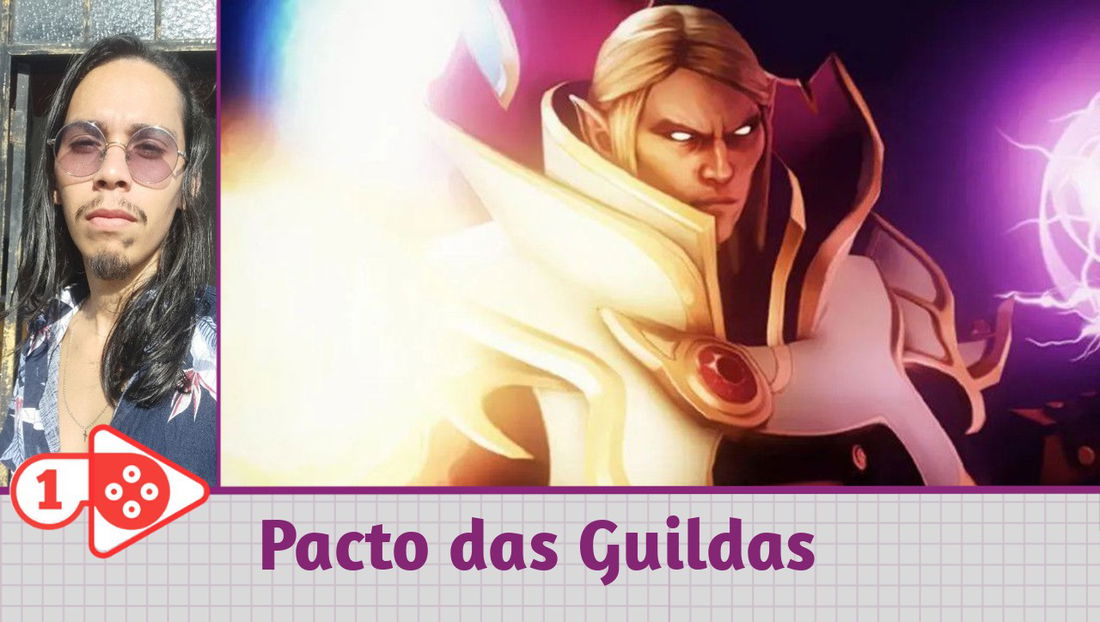



— Comments 0
, Reactions 1
Be the first to comment